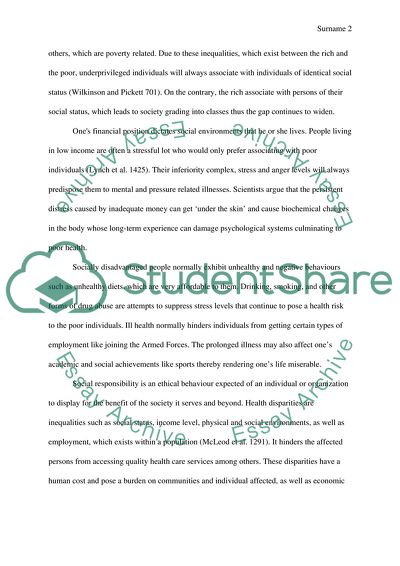Paper Essay Example | Topics and Well Written Essays - 1000 words - 4. https://studentshare.org/medical-science/1873437-population-health-and-income-inequality
Paper Essay Example | Topics and Well Written Essays - 1000 Words - 4. https://studentshare.org/medical-science/1873437-population-health-and-income-inequality.


